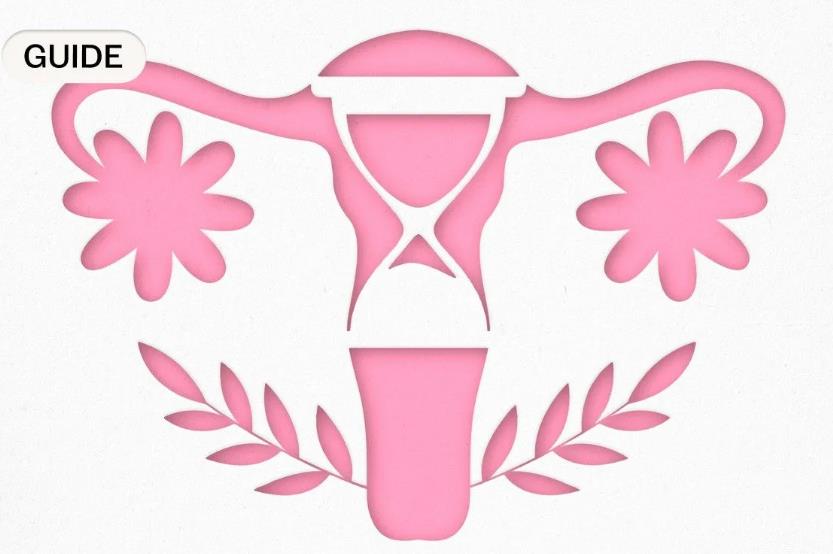Understanding Perimenopause: Perimenopause typically begins in a woman’s 40s but can start as early as her mid-30s. During this time, the ovaries gradually produce less estrogen, leading to irregular menstrual cycles and a range of physical and emotional symptoms. The length and intensity of perimenopause can vary widely from woman to woman, lasting anywhere from a few months to over a decade.
Common Symptoms of Perimenopause:
- Irregular Periods: One of the first signs of perimenopause is a change in menstrual patterns. Periods may become lighter, heavier, more frequent, or less frequent as hormone levels fluctuate.
- Hot Flashes and Night Sweats: These sudden feelings of intense heat, often accompanied by sweating, are among the most common symptoms. They can occur during the day (hot flashes) or at night (night sweats), disrupting sleep and causing discomfort.
- Mood Swings: Hormonal changes during perimenopause can lead to emotional instability, including mood swings, irritability, and even depression or anxiety. These symptoms can be particularly challenging for women to manage.
- Sleep Disturbances: Many women experience difficulties sleeping during perimenopause. This can be due to night sweats, insomnia, or general restlessness, all of which are linked to hormonal fluctuations.
- Vaginal Dryness and Discomfort: As estrogen levels decrease, the vaginal tissues may become thinner, drier, and less elastic, leading to discomfort during intercourse and an increased risk of urinary tract infections.
- Decreased Libido: Changes in hormone levels can also affect a woman’s sexual desire. Some women may notice a decrease in libido during perimenopause, which can impact relationships and self-esteem.
Identifying the End of Perimenopause: As perimenopause progresses, certain signs indicate that the body is nearing the end of this transitional phase. Recognizing these signs can help women understand where they are in the process and what to expect next.
- Longer Gaps Between Periods: One of the most telling signs that perimenopause is coming to an end is the increasing length of time between periods. While irregular periods are common throughout perimenopause, they often become even less frequent as menopause approaches. When a woman has gone 12 consecutive months without a menstrual period, she is considered to have reached menopause.
- Decreased Severity of Hot Flashes: Although hot flashes are a hallmark of perimenopause, some women notice that these episodes begin to decrease in frequency and intensity as they get closer to menopause. This reduction in hot flashes can be a sign that hormone levels are stabilizing and the body is adjusting to lower estrogen levels.
- Stabilization of Mood: Mood swings and emotional turbulence are common during perimenopause, but many women find that their mood begins to stabilize as they near the end of this phase. The return to a more consistent emotional state can be a welcome relief after years of hormonal upheaval.
- Improved Sleep Patterns: As perimenopause winds down, some women experience an improvement in their sleep quality. With the decrease in night sweats and other sleep disturbances, they may find it easier to fall asleep and stay asleep through the night.
- Less Frequent Vaginal Discomfort: While vaginal dryness and discomfort can persist into menopause, some women notice that these symptoms become less bothersome as perimenopause ends. This may be due to the body’s adaptation to new hormone levels or the use of treatments like moisturizers or lubricants.
- Emotional Readiness for Menopause: Finally, many women experience a shift in their perspective as they approach the end of perimenopause. They may feel more prepared for the onset of menopause and the changes it will bring, both physically and emotionally. This sense of readiness is often accompanied by a greater understanding and acceptance of the aging process.
Conclusion: Perimenopause is a natural part of aging that signals the end of a woman’s reproductive years. While the symptoms can be challenging, understanding the signs that perimenopause is nearing its end can provide reassurance and help women prepare for the next stage of life. Recognizing these signs, such as longer gaps between periods, a decrease in hot flashes, and improved emotional stability, can ease the transition into menopause.
Every woman’s experience with perimenopause is unique, and symptoms can vary widely. However, by staying informed and attuned to the body’s changes, women can navigate this phase with greater confidence and comfort. As with any significant life transition, seeking support from healthcare providers, loved ones, and peers can also make a world of difference in managing the challenges and embracing the opportunities that come with this new chapter.
